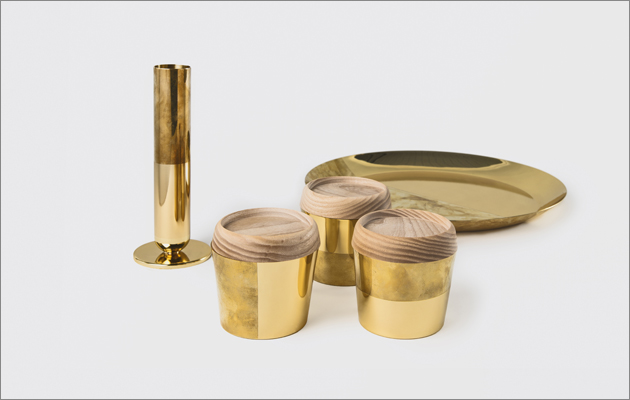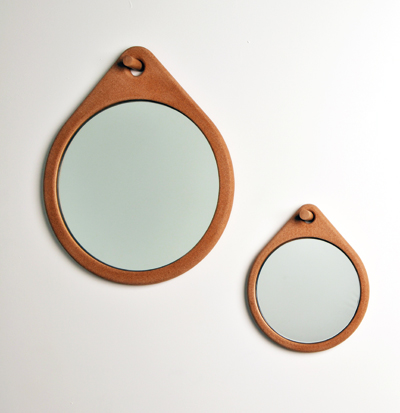|
|
||
|
As he prepared products for his solo stand at Tent London, the Sheffield-based designer gave an insight into his narrative- and experimentation-driven process With a background in carpentry and hands-on experience of constructing houses and restoring historic buildings, Daniel Schofield designs streamlined architectural products and furniture. He is launching a new range of products at Tent London at this year’s festival. ICON: You’re having your first solo stand at LDF this year – what will you be displaying? DANIEL SCHOFIELD: A few things – tables, shelving, lighting and accessories. I’m quite excited about the table: it’s inspired by architectural construction methods so uses an I-beam made from extruded aluminium, which makes it strong and light and means I can supply different lengths easily. Each object deals with a different aspect of design – customisation, interaction, sustainability or narrative. The pendant light, for example, can be pulled up or down to adjust the height, while the shelves are made partly using marble off-cuts – something I started using last year for my Margin tables.
The What A Corker bathroom mirrors are entirely framed in cork ICON: Is there a common thread that runs through your work? DS: I’m not putting too much pressure on myself to define my approach – situations change, so I want to keep an element of flexibility about the work. Having said that, I find myself trying to solve problems in the simplest way and remove anything that is unnecessary. The Dove Boxes I did for Skandium are a good example of this: they are simple wooden boxes with a dovetail detail running the full length of the top and bottom. This allows them to lock into each other, so they work well for awkward spaces where you’d otherwise have to have something custom made. I also think it’s important for design to have a narrative to it, whether that’s the materials used, the process or the problem it’s trying to solve. When I designed the What A Corker mirrors, I wanted to use a material that had really strong ecological properties. Cork is sustainable and antibacterial, so is good for bathrooms. It is also like a protective frame – I’ve sent the mirrors all around the world and am yet to have one break! My experience as a carpenter also feeds into my creative output – working with wood and other materials, playing with space and scale, learning different architectural construction methods, historical and modern. ICON: You seem to use a pretty diverse range of materials – wood, brass, marble – is this something that interests you in particular? DS: I try and use the best material for each situation, but there’s an element of experimentation. I’m interested in how different materials work and what can and can’t be done with them, so each time I use a new material it’s a learning curve that leads onto other concepts. For instance, the Arundel Pendants were a reaction to the context of the area of Sheffield where my studio was at the time. During the project, I saw how easily polished brass reacted to touch, which led to the Tarnish collection – vessels that become personalised through time and use. Pick up a copy of our current issue for more detailed highlights of LDF, which takes place from 19-27 September |
Words Debika Ray
Above: The Tarnish Collection of solid brass objects, which tarnish with use |
|
|
||





















